
Basil is one of the oldest herbs known to man and it has been used for numerous different types of purposes for many centuries. Most commonly, basil is used for several culinary purposes, but it is also known for having numerous therapeutic values as well. In some regions of the world, basil is even used for certain religious purposes. It is perhaps the oldest cultivated herb and it is one of the most common household plants as it can be grown both outdoors and indoors, but growing it indoors has proven not be an easy task in some cases. One only needs to be well informed about the herb’s requirements, and there should not be any problems.
Caring for Basil Plant Indoors
As it is already explained, basil can be grown both outdoors and indoors. In order for it to be grown indoors, one only needs basil seeds, some garden supplies and the understanding of the plant’s requirements. The aforementioned garden supplies include soil, containers and several other items. Home soil can also be used, but only if it is rich in nutrients and well drained. Most commercially available potting mixes can be used for the growing of basil. Most garden centers and nurseries also sell pre-made basil growing kits. Once the necessities are resolved, one can sow the seeds in a container filled with potting mix. The seeds need to be distributed evenly and then covered with half an inch of soil. Small containers should contain only one seed each. Basil can also be grown from young plants which are commonly purchased from nurseries. Basil requires plenty of sunlight. If that is not available one may purchase some fluorescent glow lights and suspend them over the plants. The soil always needs to be watered twice per day. The seeds require up to 10 ten days in order to sprout. Once the seeds are strong enough, they can be transplanted to individual containers.
One should always follow the aforementioned methods of growing. The plants should be moderate, because the soil must not get soggy. Once the plants get established, watering them once in every two days should be sufficient. Occasional fertilizing is another important aspect of basil plant care. Organic or standard fertilizers can be used. Pruning may also be recommended because it leads to the formation of new branches.



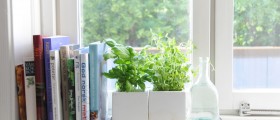
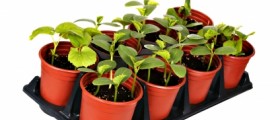
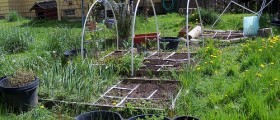
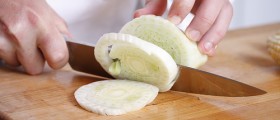
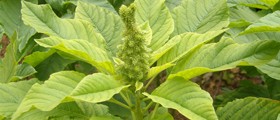

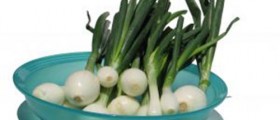

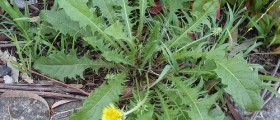




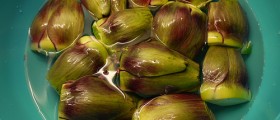
Your thoughts on this
Loading...